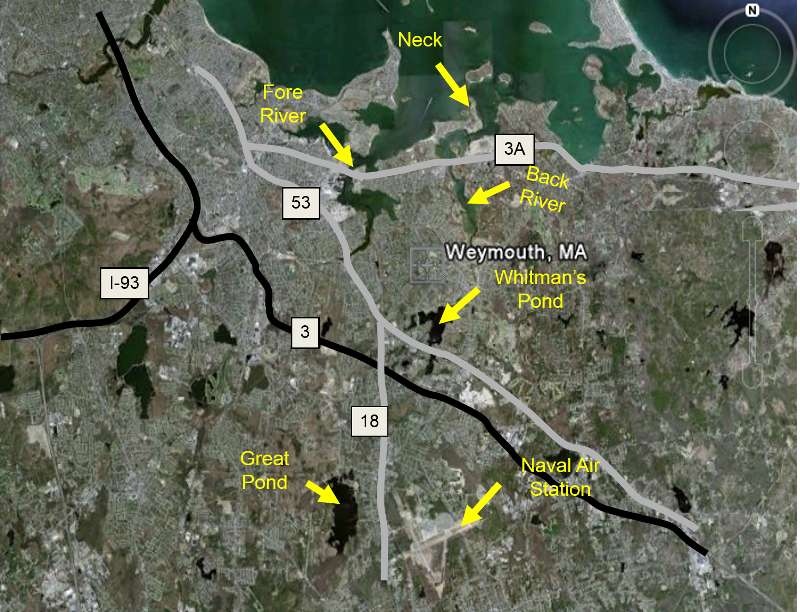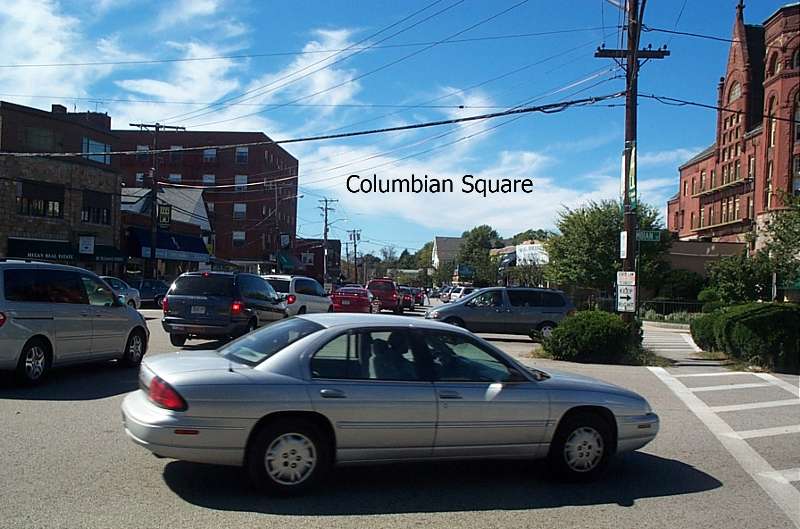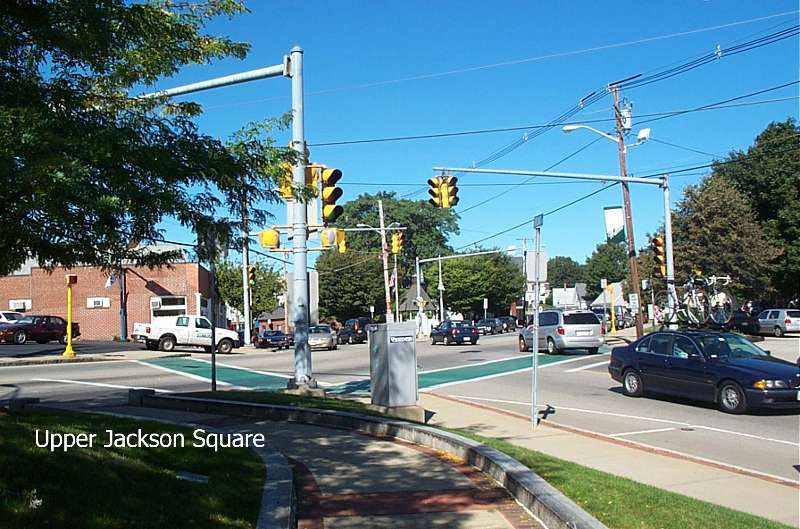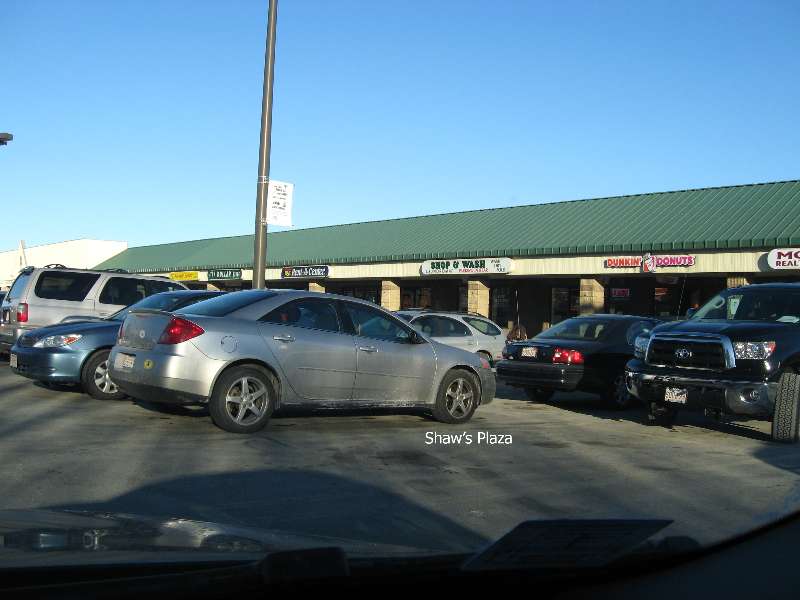Post War Evolution of the Town
After World War II, a number of other factors contributed to a substantial transformation of the town. Rising incomes led to the explosion in automobile ownership, and there was aggressive development of highways, including the bisection of the town by route 3 in 1956.

Commuter rail service was discontinued. The general expansion of the population was further fueled by migration out of the cities into the suburbs. With the advent of the route 3 expressway and other new road construction, residents began commuting to other locations for their jobs. The shoe factories closed and the local economy became largely based on smaller service, retail and some wholesale operations to support the new neighborhoods. Local retail was replaced by large malls at South Shore Plaza in Braintree and Hanover Mall in addition to a number of smaller "strip malls" in Weymouth and adjacent towns. The largest employer in town is now South Shore Hospital, and the old Stetson Shoe Factory on Route 18 now houses an array of medical offices. Most residents now commute to Boston or other cities. Ultimately, these shifting trends resulted in heavy reliance on automobiles, with overcrowding of local roads and highways, steady erosion of small, local businesses, and a gradual loss of "walkability and access to local retail within the community.




The rise of the automobile and the proliferation of highways and roads had brought convenience and many benefits to Weymouth, but it also divided the town into many separate islands that were only accessible by automobile.
Optional Video Overview of Weymouth's History
This is an optional 30 minute review of the history of Weymouth produced by the educational cable station in Weymouth (WETC ).

